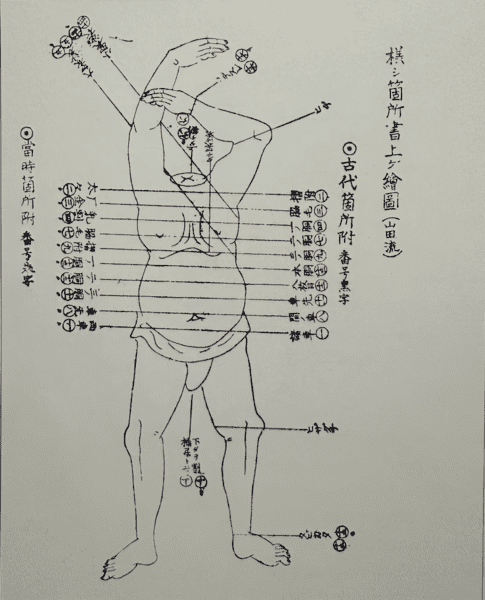How Sharp is a Katana: Separating Myth From Reality
NO AI USED This Article has been written and edited by our team with no help of the AI

The traditional Japanese katana has long since held the legendary reputation of being one of the sharpest blades in history, often depicted today as being able to slice through almost anything effortlessly. But just how sharp is a katana, really?
This article attempts to discover what makes the katana so sharp, uncovering the myths and facts associated, and exploring some of the science behind its famed edge.
Myths & Facts: What can a Katana Cut Through?
There are many myths when it comes to the sharpness of katanas, captivating imaginations for many centuries.
#1: Katana Cuts Through Armor, Stone, and Sword – Myth

Katanas are extremely sharp but are not capable of cutting through hard materials such as armor, stone, and sword. Legends such as “Ittoseki”—a hard granite stone cut by one swing of the sword—are often symbolic, conveying the warrior’s skill.
The katana slicing through another sword is also more for cinematic purposes as it would damage the blade, something the samurai took great care to avoid. Practitioners of kenjutsu are also taught to deflect or avoid their opponent’s sword.
#2: Katana Cuts Through Bone – Fact
Designed for combat, katanas are capable of slicing through flesh and bone easily. However, the result also depends on the wielder’s skills, condition of the blade, and the type of bone being cut.
#3: The Katana is Always Sharp – Myth
Like all bladed weapons, any katana can become dull with use, poorly executed techniques, improper storage, and neglect. To keep the katana sharp, regular polishing and maintenance are required.
What Makes a Katana Sharp?
The forging of the katana is an art that has been developed over the centuries, ensuring that various aspects that contribute to its sharpness are optimized.
Traditional katanas are forged from tamahagane, a high-carbon steel, producing a blade that is harder, sharper, and has good edge retention.
These blades also go through differential heat treatment where crystal structures in the steel become martensite, the hardest type of steel.
However, it is important to note that only a small percentage of katanas are made from tamahagane today as it is not superior to modern steels in terms of performance. Instead, its value lies in tradition and its connection to the samurai.
In addition to this, the sharpness of a katana—regardless of the type of steel—comes from precise heat treatment by skilled swordsmiths, meticulous polishing, and its curved design that narrows smoothly to a fine edge. These factors matter more than the type of steel used.
Tameshigiri: Testing the Katana During the Edo & Modern Period

Tameshigiri are cutting tests on prepared targets that provide resistance. This practice can be traced back to the Edo Period (17th century) where it was performed on condemned criminals or their corpses.

Other tests include cutting through bundles of wet straw or thick sections of bamboo. The swords are ranked based on the results which were then inscribed on the blade’s tang.
- Saijo o-wazamono – exceptional cutting sword
- O-wazamono – excellent cutting sword
- Ryo-wazamono – very good cutting sword
- Wazamono – good cutting sword
In modern times, tameshigiri is still practiced but on targets such as tightly rolled tatami mats soaked in water to mimic the density of human bone and flesh.
This allows practitioners to determine the sharpness of their blades along with the execution of their technique.
One well-known modern form of this practice is battodo, meaning “the way of drawing and striking with a sword in a single motion.”
Although there are many battodo techniques, the most important aspects include how to draw, sheath, cut, clean, and maintain the sword.

Guy Power, a disciple of Nakamura Taizaburo who was the founder of Nakamura-Ryu battodo recalled that his master stressed: “Anyone can cut bamboo with a sword; but simple cutting is not the objective. Tameshigiri should be performed only to improve one’s swordsmanship skills in a way that respects the tenets of budo seishin—the spirit of the martial way.”





